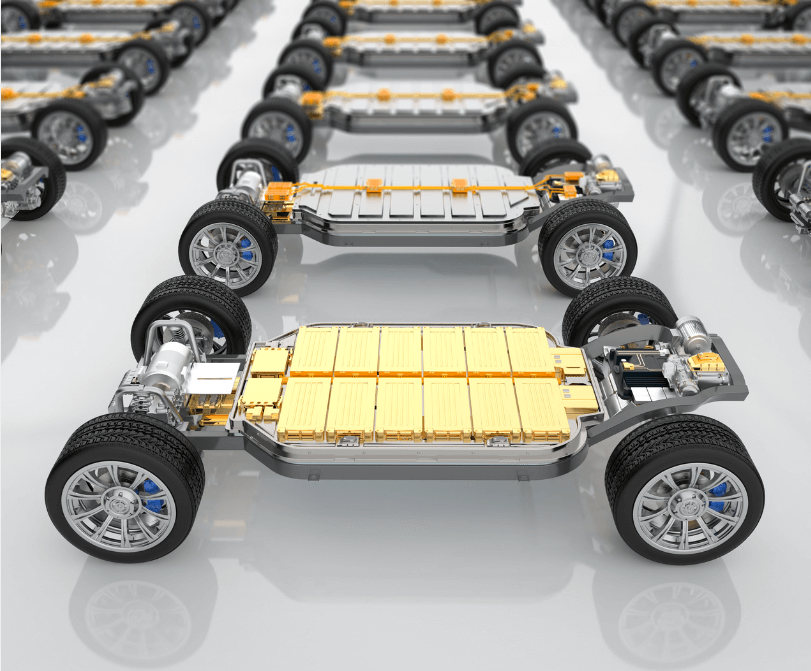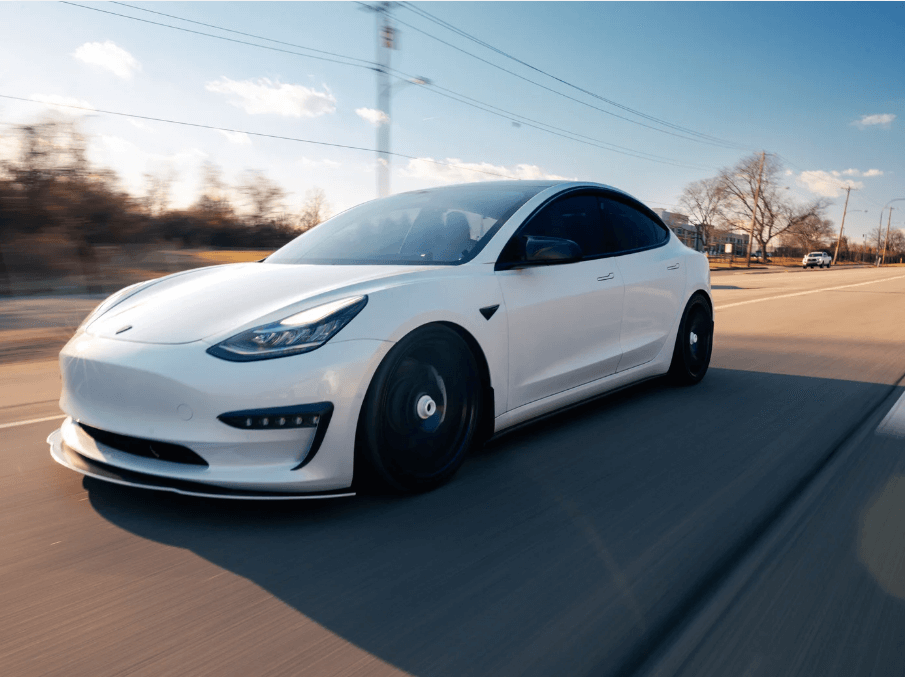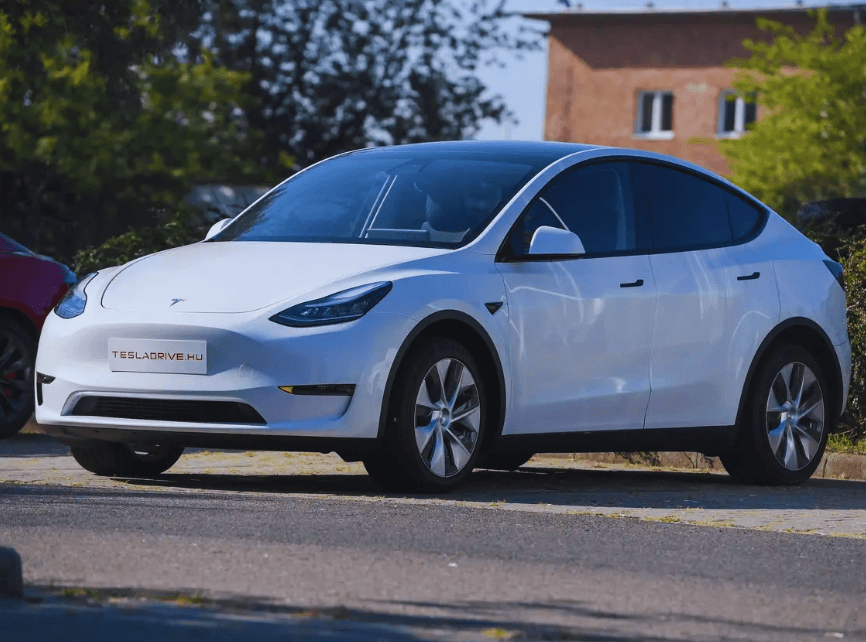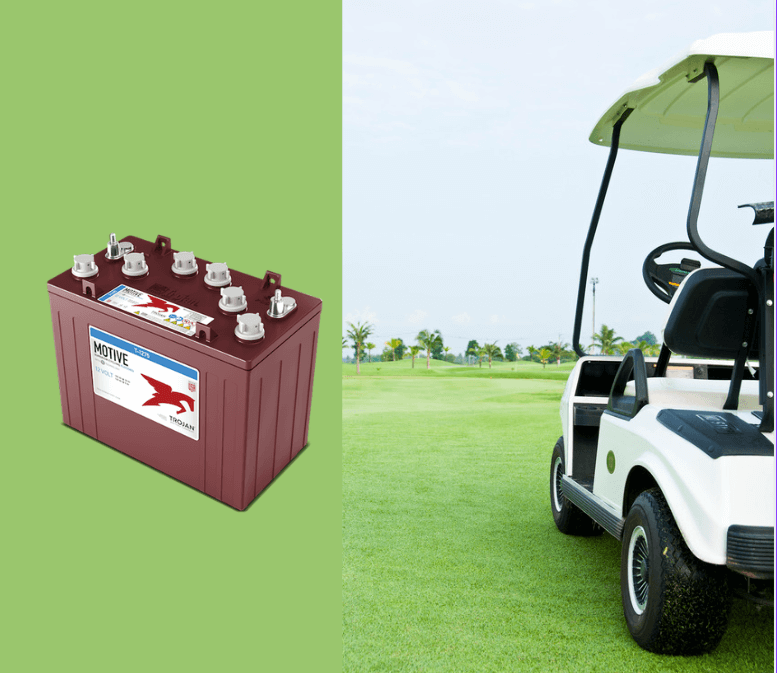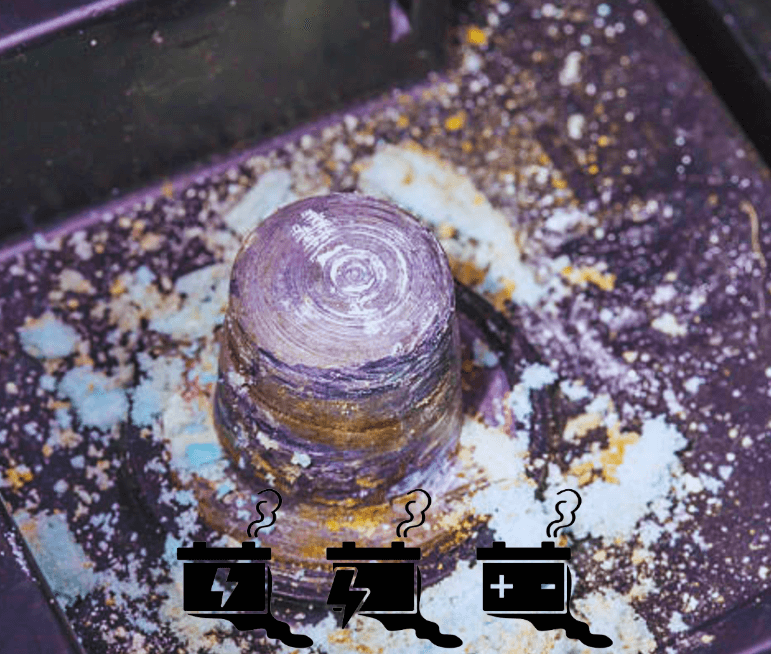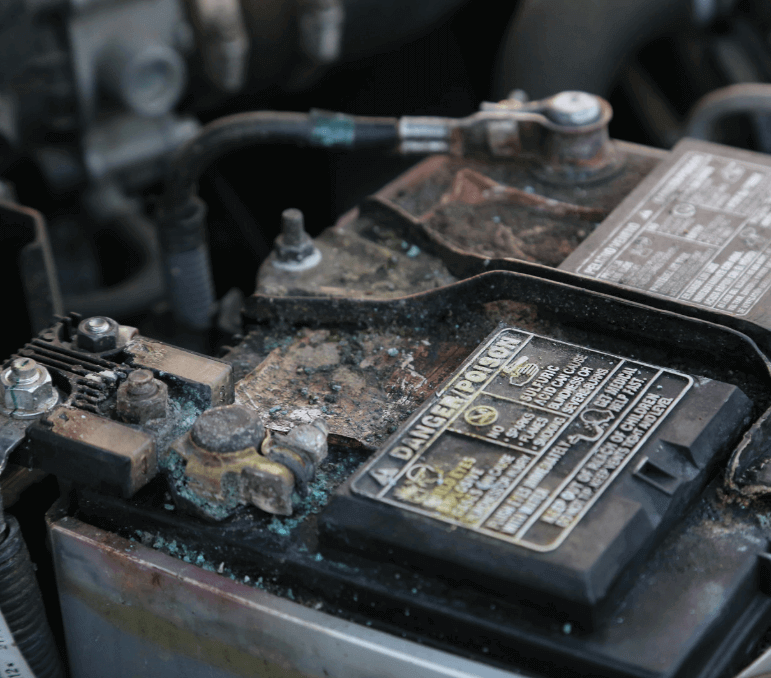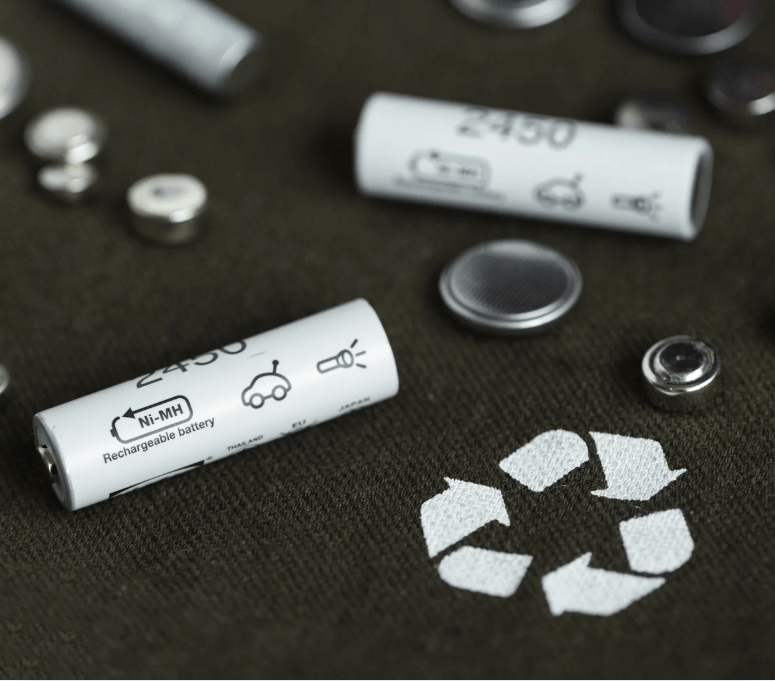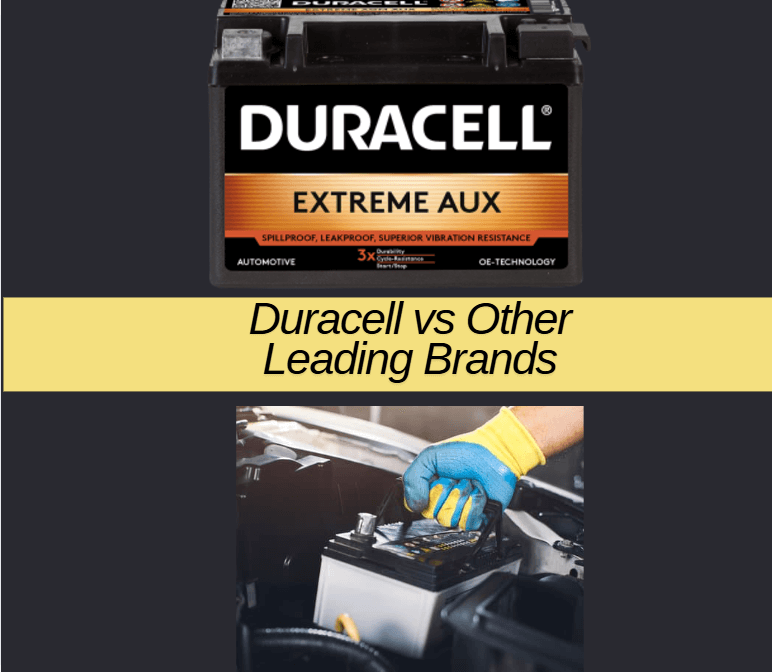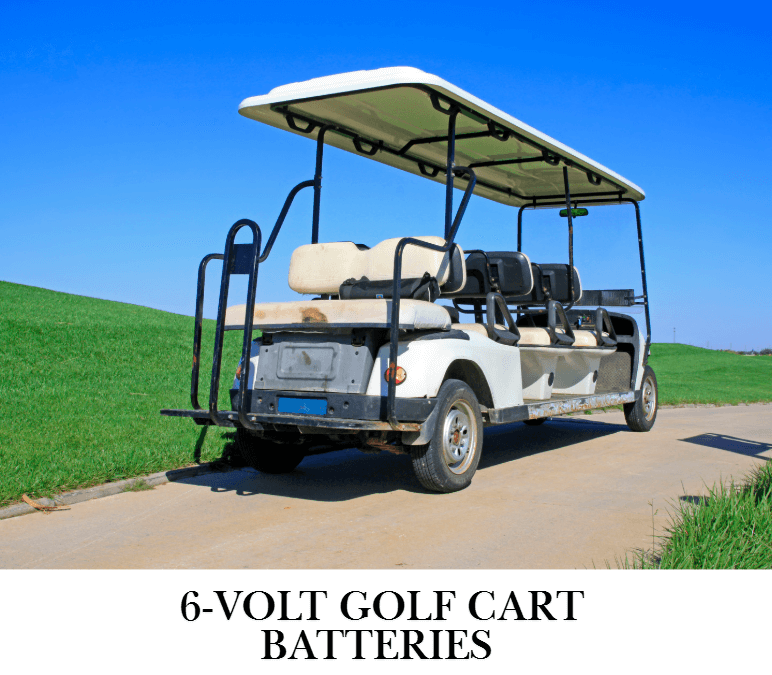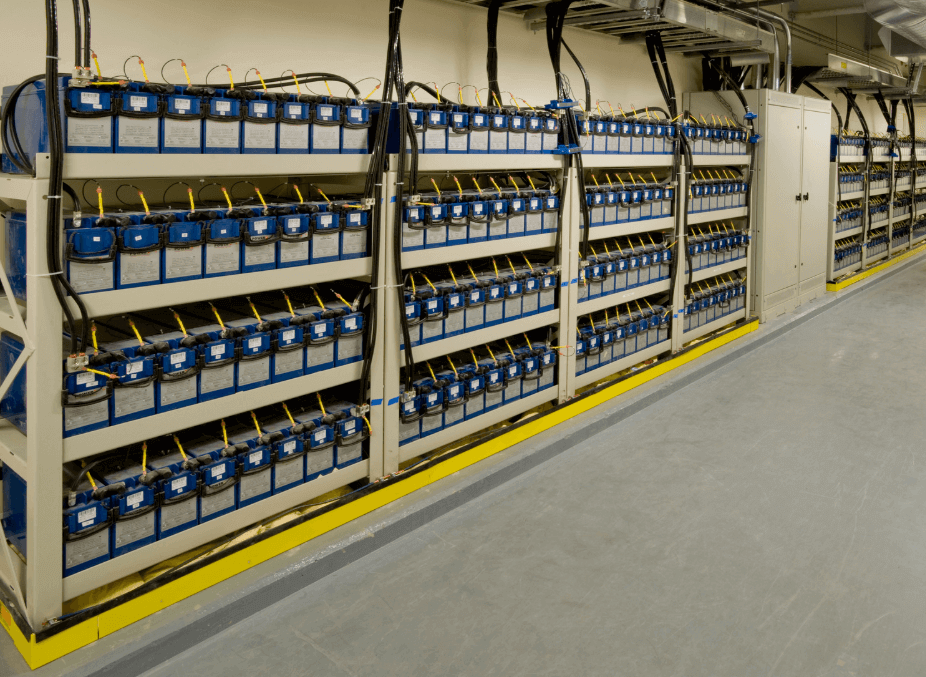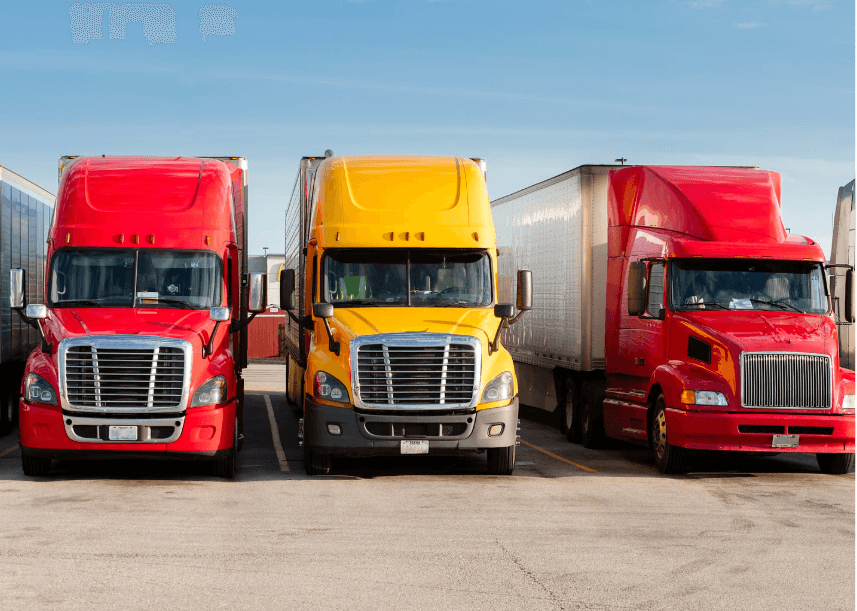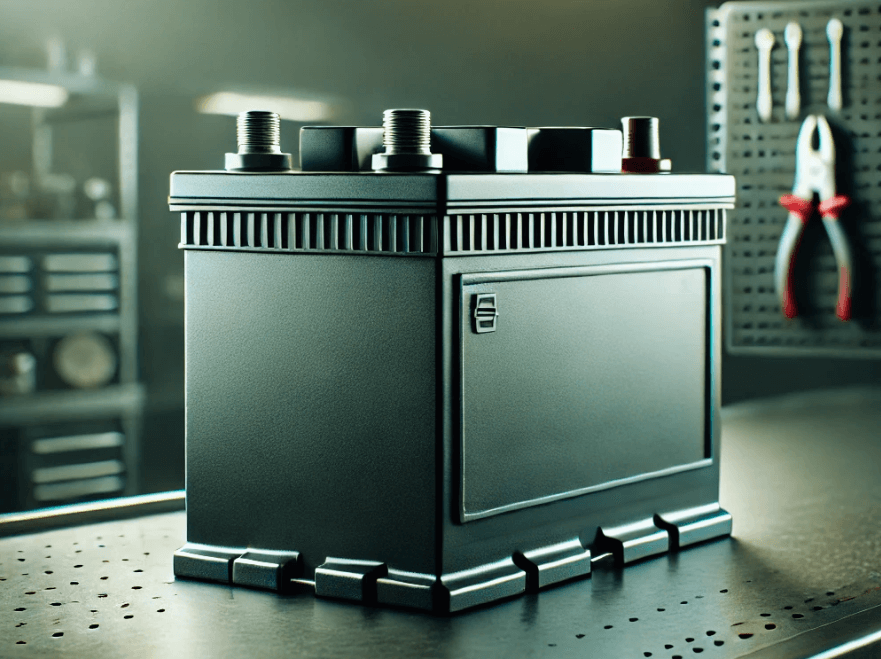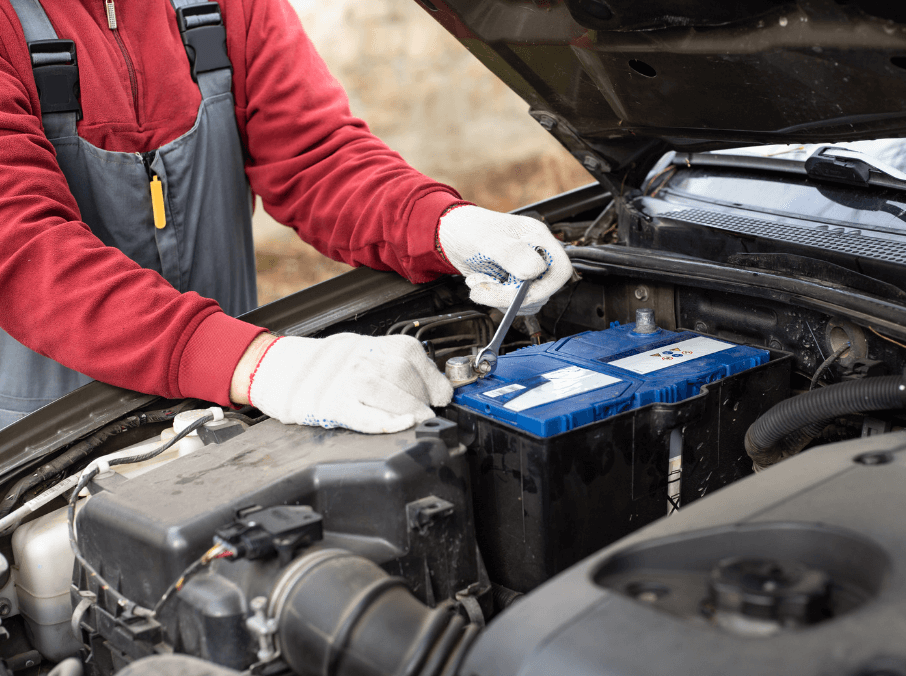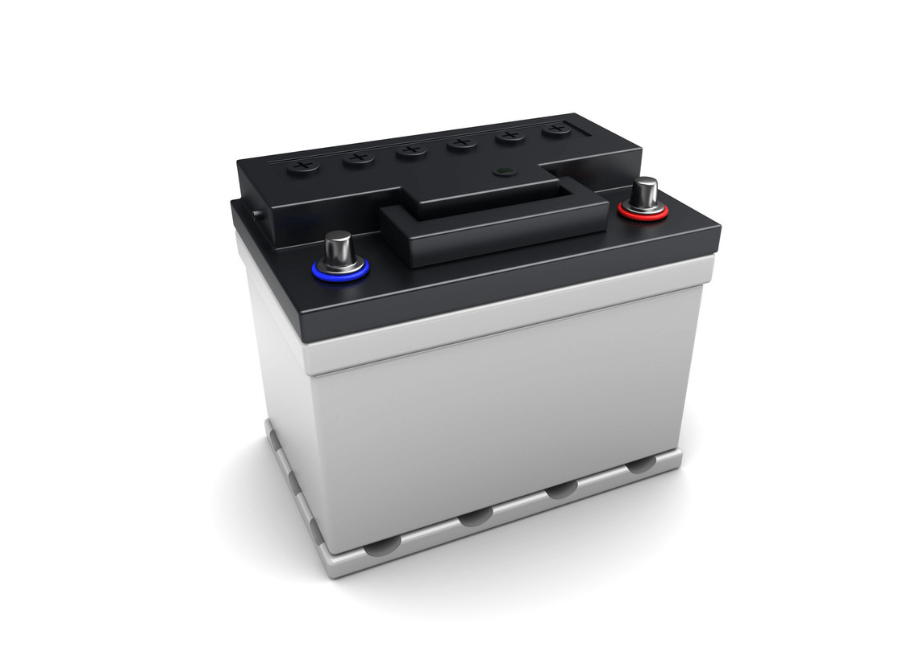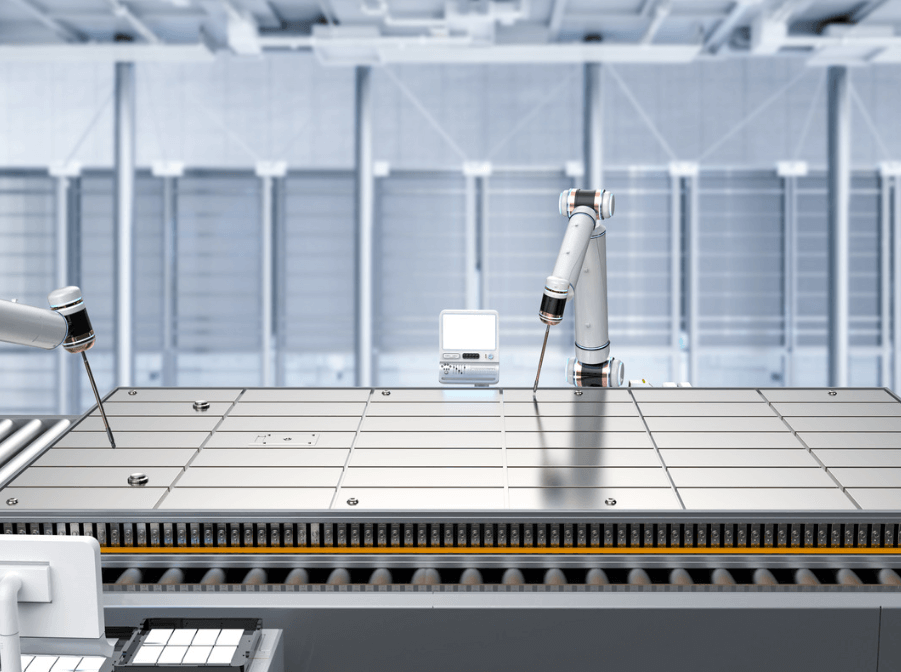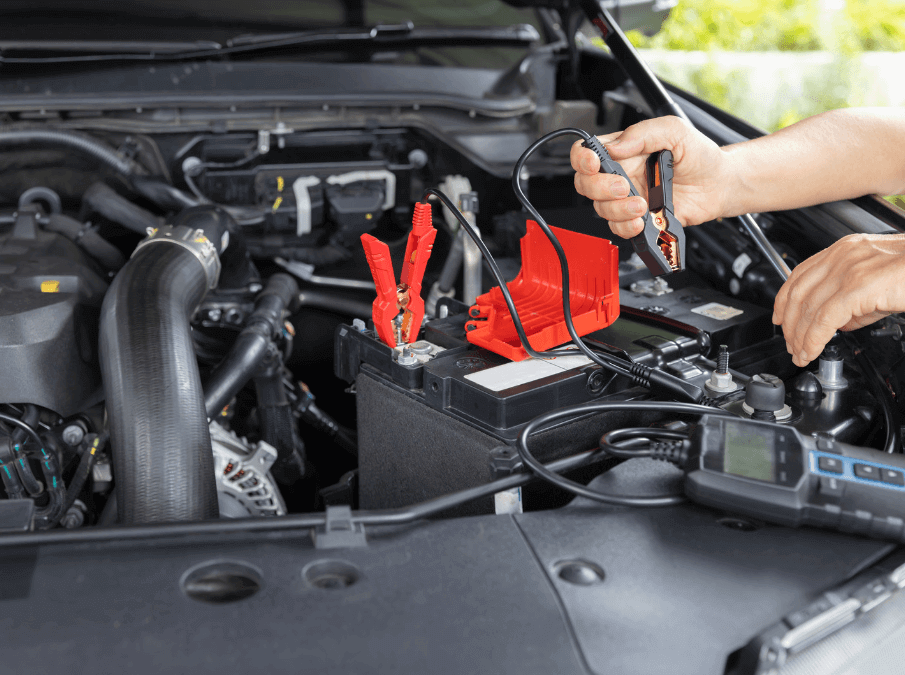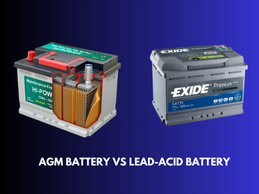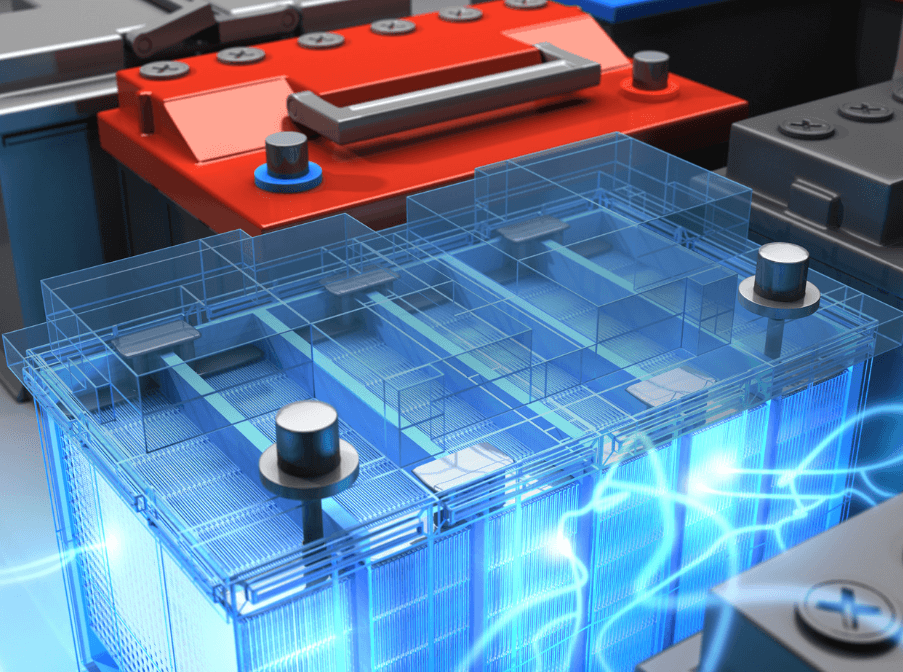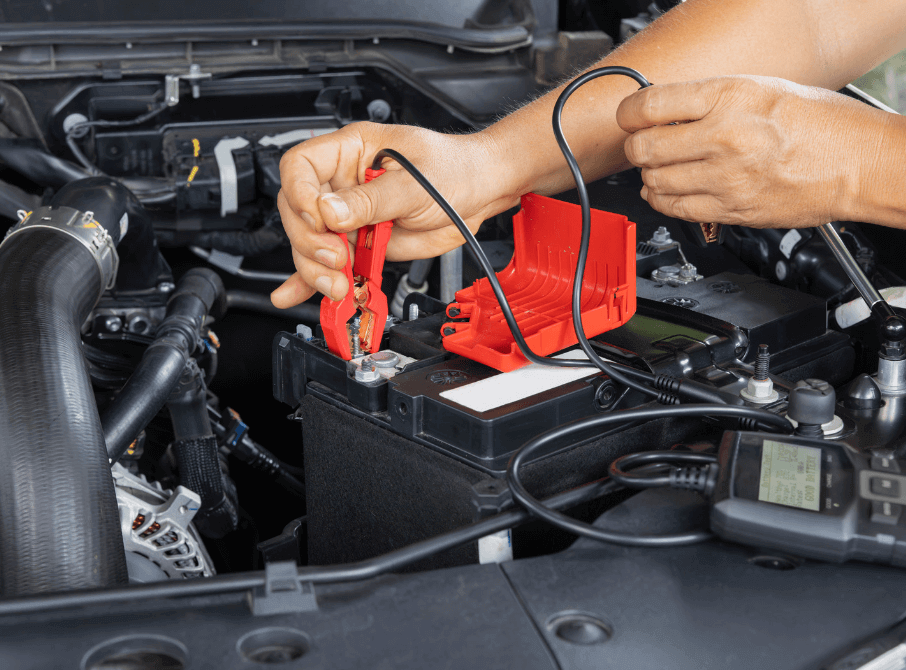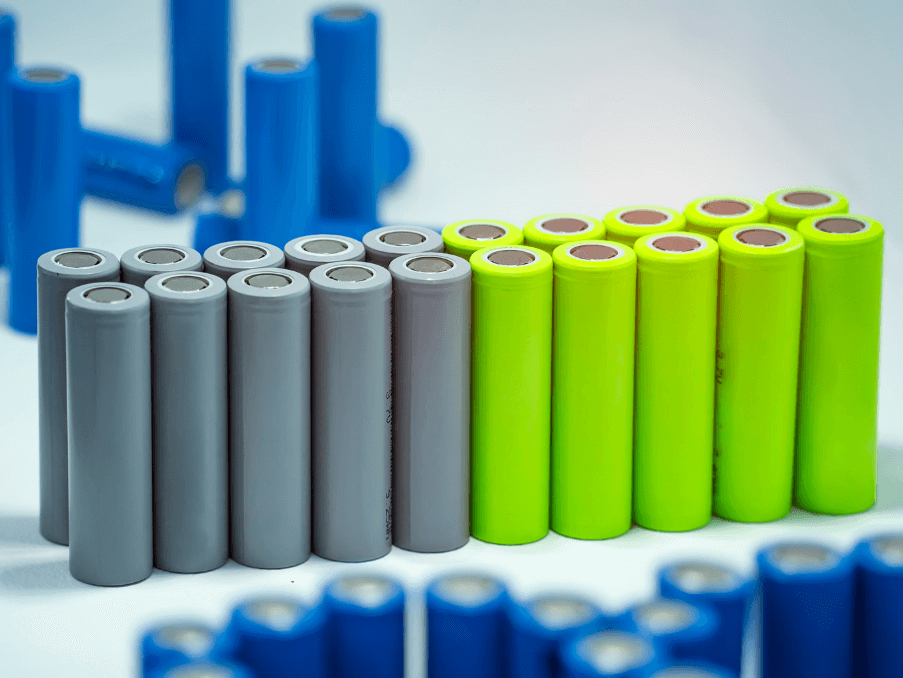Lithium iron phosphate (LFP) batteries have become increasingly popular in electric vehicles (EVs) such as Tesla due to their unique advantages, although they also have some limitations. Here are the main advantages and disadvantages of LFP batteries:
Advantages of LFP batteries
Enhanced Security
Compared to other lithium-ion batteries such as nickel cobalt aluminum (NCA) or nickel cobalt manganese (NCM), LFP batteries are highly stable and less prone to overheating. This stability reduces the risk of thermal runaway and battery fire, making LFP a safe choice for electric vehicles.
Long life
LFP batteries are generally longer lasting, with the ability to handle more charge cycles – up to 3,000 full cycles, which is more than NCA or NCM batteries. This durability is beneficial for EV owners looking for a vehicle that maintains its performance over time.
Cost-effectiveness
Manufacturing costs for LFP batteries are low because they do not rely on expensive and scarce materials such as cobalt or nickel. This cost advantage translates into lower vehicle prices, helping manufacturers like Tesla make EVs more affordable for consumers.
Environmental friendliness
Because LFP batteries do not use cobalt or nickel, they are generally considered more environmentally friendly. Mining these metals has significant environmental impacts, so avoiding them reduces the overall environmental footprint of the battery manufacturing process.
Disadvantages of LFP batteries
Low energy density
One of the main drawbacks of LFP batteries is their low energy density, resulting in a shorter range than NCA or NCM batteries. This makes LFP batteries less ideal for long-range vehicles, although they are sufficient for standard range models.
Reduced performance in cold weather
LFP batteries are sensitive to low temperatures, which can significantly affect their performance and reduce their range. Cold weather can slow charging times and reduce the battery’s effective capacity
Heavy and large size
Because of their low energy density, LFP batteries tend to be larger and heavier for the same power output as NCA or NCM batteries. This can affect the vehicle’s overall weight and efficiency, although progress is being made to reduce this problem.
Limited Availability
Currently, LFP batteries are not as widely available as NCA or NCM batteries, although this is changing Tesla, for example, uses LFP batteries primarily in their standard range models and in markets such as China. However, widespread adoption may take time as manufacturers ramp up production.
Frequently asked questions
What is LFP battery?
An LFP battery, or lithium iron phosphate battery, is a type of lithium-ion battery that uses lithium iron phosphate (LiFePO₄) as the cathode material. Unlike more conventional lithium-ion batteries, which often use cobalt or nickel, LFP batteries use iron and phosphate. This unique chemistry offers several advantages and some trade-offs over other lithium-ion batteries.
Do LFP batteries affect the driving range of Teslas?
Yes, LFP batteries generally have a lower energy density than the Nickel-Cobalt-Aluminum (NCA) batteries used in Tesla’s long-range models. As a result, these standard-range models have slightly reduced range compared to their long-range counterparts. For example, the Model 3 Standard Range with LFP offers around 272 miles, whereas the long-range version offers up to 333 miles.
Are there any downsides to Tesla’s LFP battery models?
The primary limitations include lower energy density and sensitivity to cold temperatures. This may result in reduced driving range in colder climates, and the overall range is typically lower than models using NCA batteries. However, Tesla’s battery management system helps mitigate these issues
Will Tesla expand LFP batteries to other models?
Tesla has hinted at broadening its use of LFP batteries, particularly as patents for LFP chemistry are expiring, making it more accessible. Expansion will depend on the demand and success of current models in different markets
In conclusion
LFP batteries offer significant advantages in terms of safety, lifetime and cost but come with trade-offs, particularly in terms of range and cold-weather performance. They are an excellent choice for standard-range EVs, where safety and cost savings are prioritized over maximum range.
